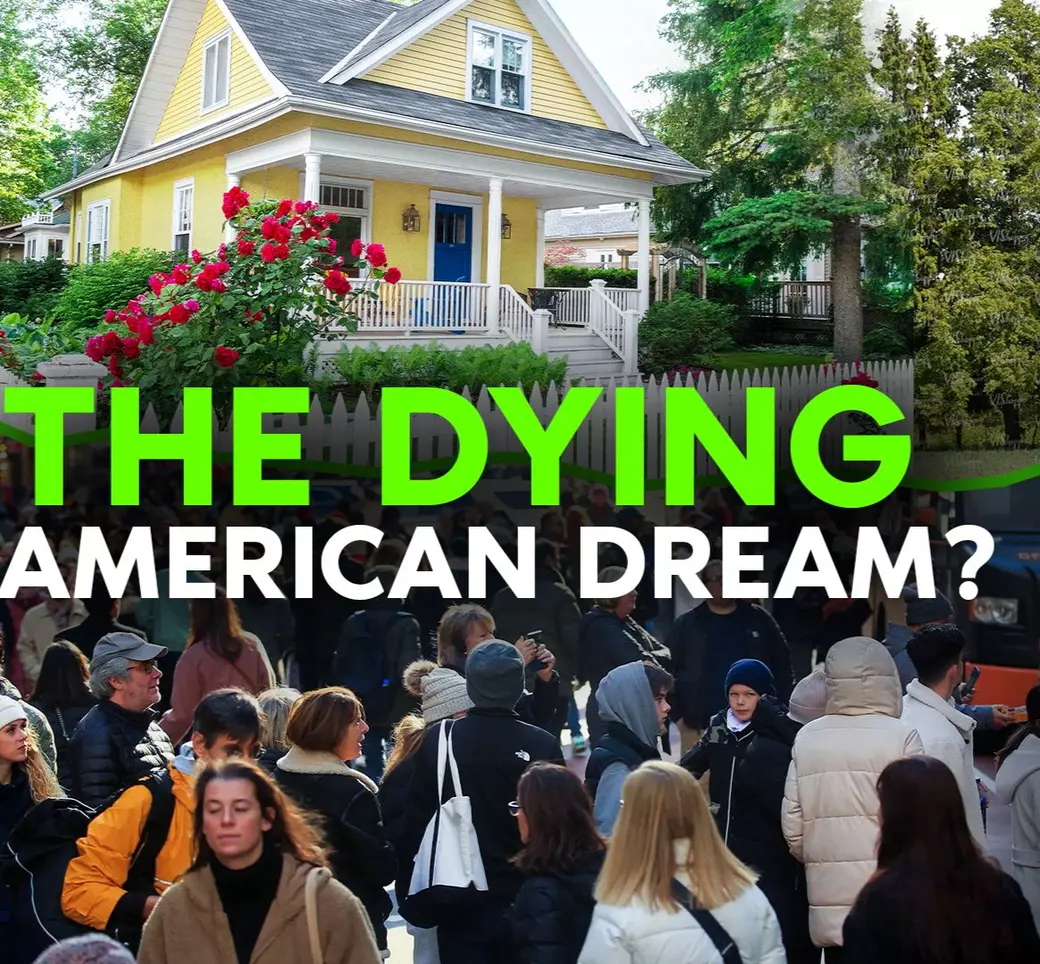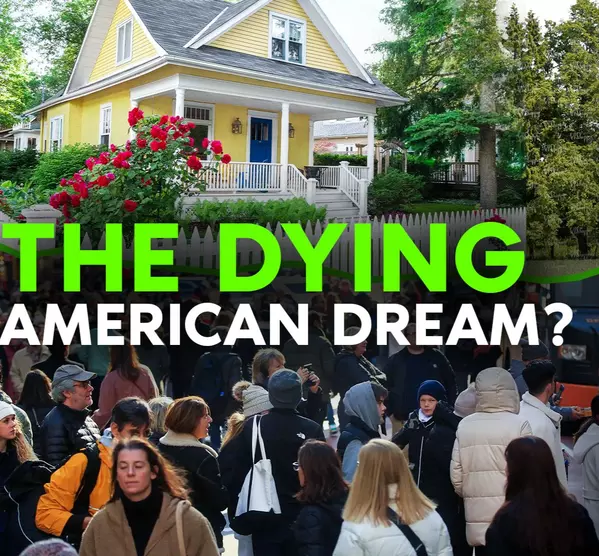Why You're Struggling to Buy a Home -- And Why It's Not the Interest Rates

Afraid You’ll Never Be Able To Afford To Buy a Home? Why You Might Be Right
Hey everyone! Let's dive into some eye-opening stats about home buying. Did you know that in a recent poll, 61% of renters said they don't think they'll ever be able to buy a home? Yikes, right? Many folks are quick to blame the recent surge in interest rates, which hit their highest levels in over two decades last fall. But then, some people will remind you that interest rates in the 1980s were much higher. True, but the 1980s housing market was a whole different ball game, and today, I’m going to show you why.
So, why are people shying away from the American dream of homeownership? To understand this, we need to look at some data over time. But, a quick heads-up: depending on where you look, the stats can vary. I’ve picked the most commonly available ones, but hey, I don't have a time machine to redo these polls, so let's roll with what we've got.
You can't swing a cat these days without hitting a realtor or lender telling you not to worry about the current 7% interest rates, claiming they're nothing compared to the 1980s. I get it, it's what the news is preaching to us too. And yeah, I might be guilty of it myself sometimes. But in this post, we're going to talk about why, despite the 18% interest rates of the 1980s, homebuyers today might actually be facing tougher challenges.
A Look Back in Time: 1970
Let’s jump all the way back to 1970. The median income was $9,870, and the median house price was about $17,000. Most people rented for 2.6 years before buying, and the average home buyer age was about 30.
In 1970, you could buy a home for about 1.72 times your annual (single income) salary. Homeownership was within easy reach. HOAs weren’t really common yet, so you didn’t have that financial strain, and property taxes were low to incentivize homeownership.
The 1980s Housing Market
Now let’s jump to the often talked about 1980s. Things got a little ugly. The median income was $21,000, and the average home price had jumped to $47,200, which puts us at 2.25 times the median income. Your average buyer was still around 30 years old, but they were renting for a bit longer, about 5 years. Not only did interest rates jump up to 18 or 19%, at the peak in that decade housing jumped to 3.7 times more expensive than annual wages.
A healthy price-to-income ratio is 2.6, but the nationwide price-to-income ratio hasn't been healthy since the late 1990s. This is a gauge of how long it will take home buyers to save for a down payment, and whether they’ll be able to afford their monthly mortgage payments.
The Present-Day Reality
Right now, the average home buyer is 42 years old. In fact, the average first-time home buyer in 2024 is 35 years old. The real median household income is now $75,000, and the median home price is $420,000. Do you see why people are older? Because home prices are now a whopping 5.6 times income.
A healthy ratio is 2.6 – this means your home should cost 2.6 times what you are making. If the average home price this year is $420,000, you should be making $161,000. Or you should be buying a $195,000 house.
Comparing Numbers Adjusted for Inflation
Let’s make this easier to compare by looking at the numbers in today’s value. I’m going to adjust all those numbers I gave you earlier, for inflation.
- 1970: Average salary $9,870 in today’s money is $80,000. $17,000 in 1970 adjusted for inflation is about $137,000.
- 1980: $21,000 in today’s money is $80,000. $47,200 house is about $180,000.
- 2024: Median income is $75,000, and the median home price is about $420,000.
A 1980s home adjusted for inflation to $180,000 even with an 18% interest rate would cost you about $2,400 per month and require $36,000 to be saved up in order to put down 20%.
A $420,000 house today will require you to save up $84,000 in order to put down 20%, and your monthly payment is coming out to about $2,800 per month. But that 20% down is sure going to be difficult when it’s now equaling or even more than a whole year’s average wages.
Additional Financial Strains
Today’s buyers have other pressures such as HOA costs that we didn’t have to contend with in the 1980s. According to the Foundation for Community Research, in 1980 there were 36,000 HOAs nationwide; today there are ten times that number. HOAs are going to have a bigger impact in states like California and Florida which each have about 50,000 homeowners associations. They have a wide range of costs depending on amenities.
Homeowners insurance also affects Florida heavily and dramatically. Insurance costs have jumped about 20% over the past two years and are expected to rise another 6% in 2024. The average home insurance cost soared to $1,905 in 2023 from $1,272 in 2019—a 50% increase.
The Current Market
Although mortgage rates have dipped a bit recently, economists believe home prices might not budge much. It's a tough market out there, especially for young, first-time buyers. They're trying to save for a down payment and build their credit scores, all while Baby Boomers hold onto their large homes, making it even more challenging. And when inventory is low, prices are up. Real estate is hyper-local, and that might not be the case in your market. In Florida, where I am located, for example, inventory is up 60% over June of 2023. That’s not the case everywhere.
Conclusion
If you’re struggling to buy a home and your family, parents, grandparents can’t wrap their heads around why you are still renting, that’s probably why. Hopefully, you can now set the record straight with them. Even though our 80s homebuyers went through a period of insane interest rates set in order to curb crazy inflation, it was still more affordable relatively speaking to buy a home. And another thing to bear in mind is that interest rates can be renegotiated through refinancing. The purchase price and the down payment, well, not so much. Right now, I don’t know of anyone who is expecting rates to fall back down into the threes like they were a few years ago.
Categories
Recent Posts










